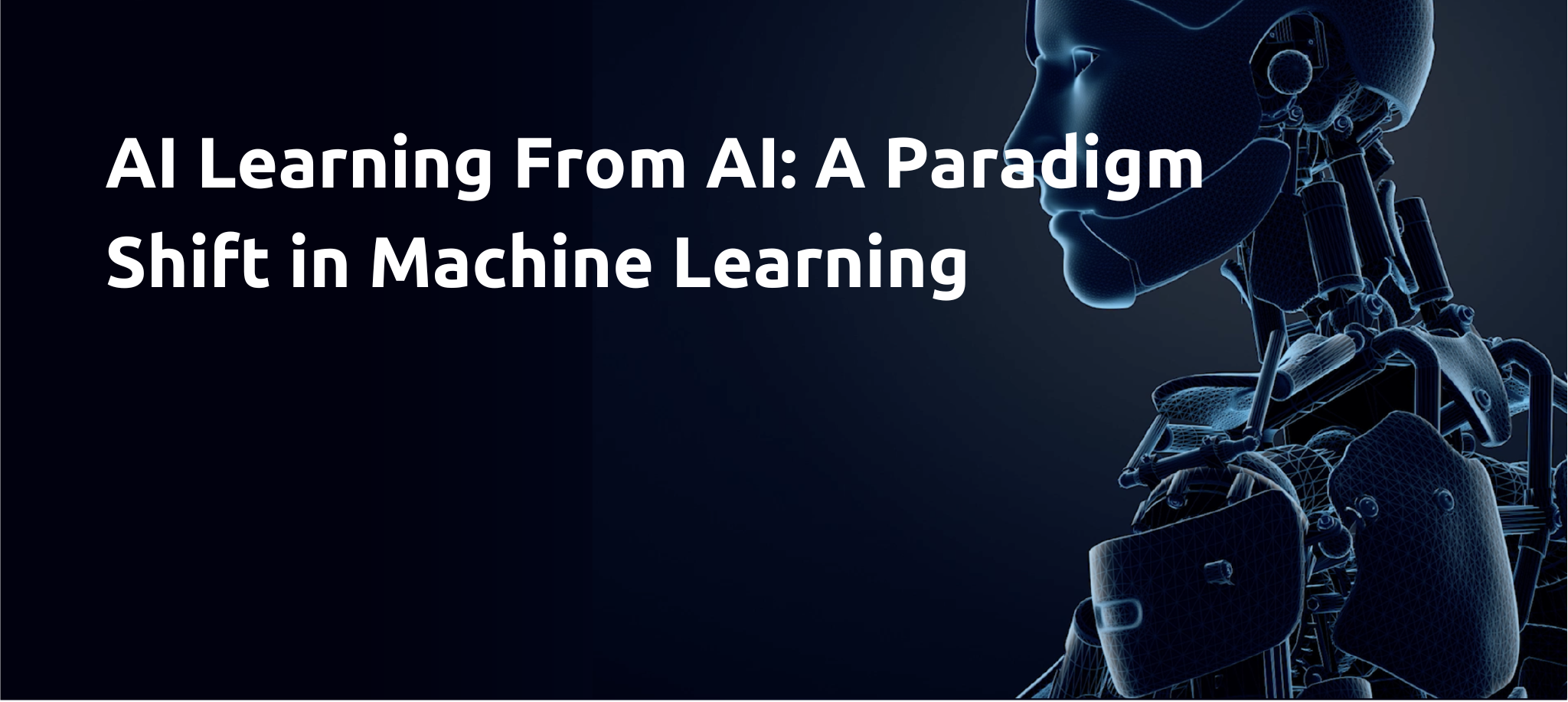Introduction: Recent years have seen tremendous breakthroughs in artificial intelligence (AI), primarily as a result of developments in machine learning and deep learning algorithms. Matrix multiplication, a key process that drives neural networks and allows them to learn from enormous amounts of data, is at the core of these breakthroughs. Recent developments, however, are upending the established quo and offering substitute strategies for using matrix multiplication in the operation of AI language models. This paradigm change has the potential to increase AI’s effectiveness, speed, and applicability for a wider range of tasks.
The Role of Matrix Multiplication in AI
Matrix multiplication is essential in the functioning of AI models, particularly in deep learning. It enables the transformation and manipulation of data within neural networks. During the training process, input data is converted into matrices, which are then multiplied with weight matrices to generate outputs. This process is repeated across multiple layers, allowing the network to learn complex patterns and relationships within the data.
Despite its efficacy, matrix multiplication is computationally intensive and demands significant hardware resources. As AI models grow in complexity and scale, the computational burden increases, leading to longer training times and higher energy consumption. This has sparked interest in alternative methods that can bypass the need for matrix multiplication while maintaining, or even enhancing, performance.
Innovative Approaches to AI Without Matrix Multiplication
1. Fourier Transform-Based Methods
One promising approach involves leveraging the Fourier Transform to perform operations traditionally handled by matrix multiplication. The Fourier Transform converts data from the time domain to the frequency domain, where convolutions (a form of multiplication) become simple element-wise multiplications. By exploiting this property, AI models can perform necessary computations more efficiently.
Researchers have demonstrated that neural networks using Fourier Transform-based methods can achieve comparable accuracy to traditional networks while significantly reducing computational complexity. This approach not only accelerates the training process but also lowers energy consumption, making AI more sustainable.
2. Spiking Neural Networks
Spiking Neural Networks (SNNs) represent another innovative direction. Unlike traditional neural networks that rely on continuous-valued signals and matrix multiplication, SNNs mimic the behavior of biological neurons. They process information through discrete events known as spikes.
In SNNs, information is transmitted via spikes, and computations are event-driven, meaning they only occur when a spike is generated. This event-driven nature reduces the need for continuous matrix operations, resulting in lower computational overhead. Additionally, SNNs can operate on neuromorphic hardware, which is specifically designed to support spiking behavior, further enhancing efficiency.
3. Tensor Decomposition Techniques
Tensor decomposition techniques, such as the Canonical Polyadic (CP) decomposition and Tucker decomposition, offer another pathway to reduce reliance on matrix multiplication. These techniques decompose large tensors (multi-dimensional arrays) into simpler, smaller components, which can be processed more efficiently.
By decomposing weight matrices into smaller factors, AI models can achieve significant reductions in computational complexity. This enables faster training and inference times, making AI applications more responsive and scalable.
Benefits of Moving Beyond Matrix Multiplication
1. Enhanced Efficiency
Alternative methods to matrix multiplication can drastically reduce the computational burden of AI models. This leads to faster training times and more efficient inference, allowing AI applications to operate in real-time and on resource-constrained devices.
2. Lower Energy Consumption
Reducing the reliance on matrix multiplication can significantly decrease the energy consumption of AI models. This is particularly important as the demand for AI continues to grow, placing greater strain on data centers and contributing to increased carbon emissions.
3. Broader Accessibility
By making AI more efficient and less resource-intensive, these innovations can democratize access to AI technology. Smaller organizations and individuals can develop and deploy sophisticated AI models without requiring extensive hardware infrastructure.
4. New Research Directions
Exploring alternatives to matrix multiplication opens up new avenues for research in AI and machine learning. These approaches can lead to the development of novel algorithms and architectures, further advancing the field and uncovering new applications.
Conclusion
The move towards running AI language models without matrix multiplication represents a significant shift in the field of artificial intelligence. By embracing innovative methods such as Fourier Transform-based techniques, Spiking Neural Networks, and tensor decomposition, researchers and practitioners can overcome the limitations of traditional approaches. This paradigm shift promises to enhance the efficiency, accessibility, and sustainability of AI, paving the way for a future where intelligent systems are ubiquitous and capable of solving increasingly complex problems.
FAQs on Running AI Language Models Without Matrix Multiplication
What are the alternatives to matrix multiplication in AI models?
Alternatives include Fourier Transform-based methods, Spiking Neural Networks (SNNs), and tensor decomposition techniques like CP and Tucker decomposition.
How do Fourier Transform-based methods improve AI efficiency?
These methods convert convolutions into simple element-wise multiplications in the frequency domain, reducing computational complexity and speeding up processing.
What are Spiking Neural Networks (SNNs)?
SNNs mimic biological neurons, processing information through discrete spikes rather than continuous signals, reducing the need for constant matrix operations.
Can tensor decomposition techniques really replace matrix multiplication?
Yes, by decomposing large tensors into smaller, simpler components, tensor decomposition techniques can reduce computational load and improve efficiency.
What are the benefits of moving beyond matrix multiplication in AI?
Benefits include enhanced efficiency, lower energy consumption, broader accessibility, and new research directions in AI and machine learning.


